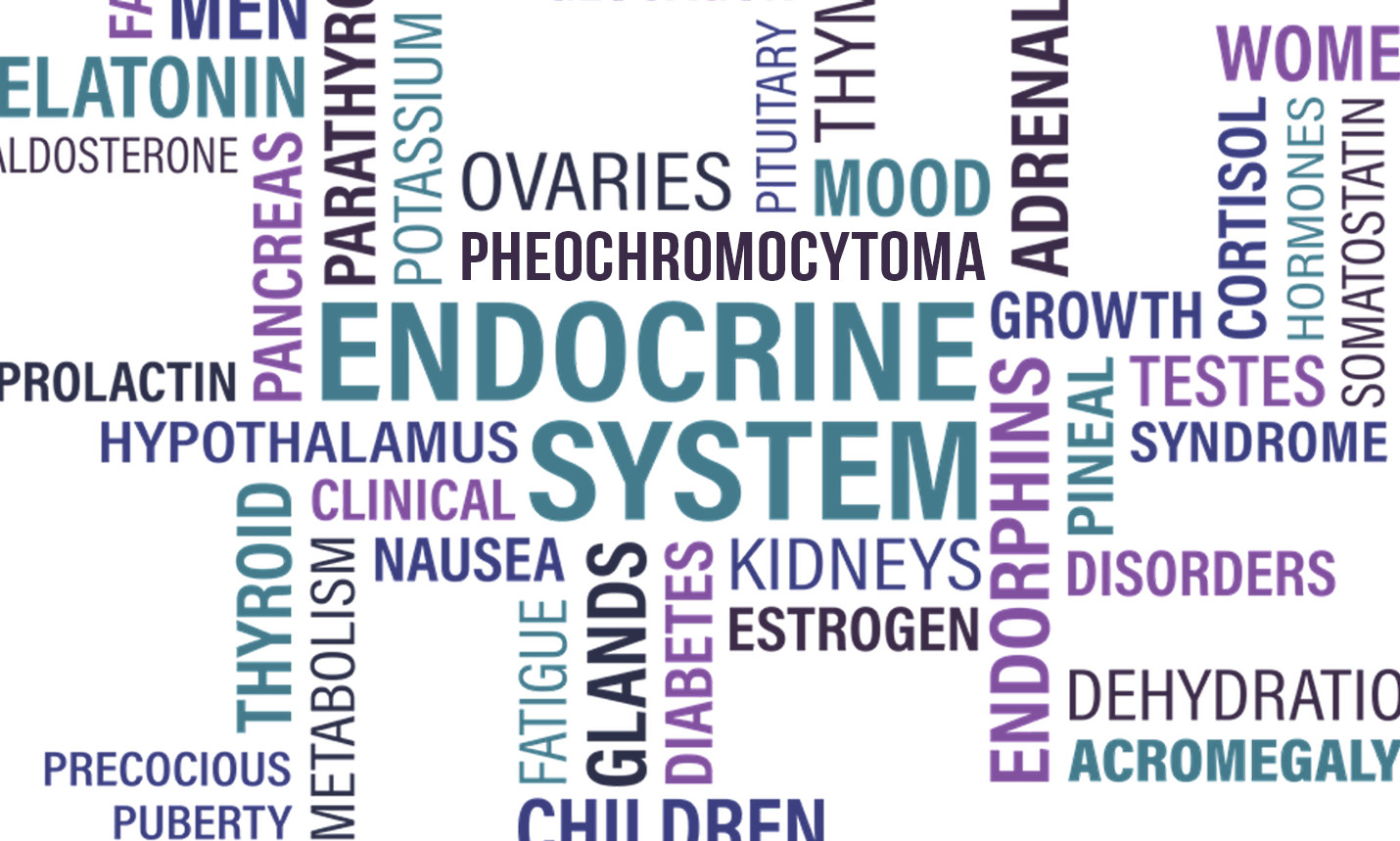Pheochromocytoma – Causes, Symptoms, Diagnosis, and Treatment

A Pheochromocytoma is a rare type of noncancerous tumor that grows in an adrenal gland. It usually only affects one gland, but it can sometimes affect both. The tumor can cause the adrenal glands to release hormones that can cause high blood pressure and damage the cardiovascular system. It commonly affects people between the ages of 20 and 50 and can affect people of any age. If left untreated, it can result in organ failure and be fatal.
Causes of Pheochromocytoma
The cause of pheochromocytoma is unknown, but researchers are still learning more about the disease. They do know that the tumors develop in the center of the adrenal gland and release the hormones that have major effects on how the body controls certain functions. Some common causes include:
- Multiple endocrine neoplasias, type II
- This is a disorder that causes tumors to grow in various parts of the body’s endocrine system.
Hereditary Paraganglioma Syndrome
The syndrome causes tumors to grow in many different parts of the body. It mostly affects the skin but can cause tumors to grow in other parts of the body, as well.
- Neurofibromatosis 1: This is an inherited disease that causes pheochromocytoma tumors to grow in the body.
- Von Hippel-Lindau disease: This disease causes tumors to grow on the central nervous system, endocrine system, pancreas, and kidneys.
Symptoms of Pheochromocytoma
The symptoms of pheochromocytoma can sometimes be confused with other illnesses and can even be overlooked. Some of the most common symptoms associated with these types of tumors include:
- High blood pressure
- Headaches
- Anxiety
- Tremors
- Dizziness
- Tachycardia
- Tremors
- Digestion problems
- Weight loss
Diagnosis of Pheochromocytoma
Diagnosing a Pheochromocytoma isn’t easy, and it takes a lot of different tests and procedures to do so. These tests include:
- Blood Tests: Blood tests can show abnormalities and excess hormones that could mean a tumor is growing on the adrenal glands.
- Urine Tests: Urine tests can show if there are elevated levels of hormones.
- Imaging Scans: Imaging scans (CT scan, MIBG scan) can show doctors what the adrenal glands look like and help them determine if there are any tumors growing on or in them.
- Genetic Testing: Some researchers believe that pheochromocytoma may be related to genetic factors and even be caused by other genetic diseases. Genetic testing will show if there are any signs of these diseases in the family.
Treatment of Pheochromocytoma
The only effective treatment option for pheochromocytoma is surgery to remove the tumor. Doctors may put patients on blood pressure medication before surgery to help make it safer. This surgery is usually noninvasive and is done with small robotic wands and a video camera. Scars and pain are usually minimal, and patients recover fairly quickly. The adrenal glands are able to function normally after surgery. If the tumor is very large, the adrenal gland may be removed. Once the tumor has been removed, the adrenal glands stop releasing the excess hormones, blood pressure typically drops to a safe level, and other related problems clear up.
Prognosis of Pheochromocytoma
Once the tumor has been removed, patients usually return to normal. As long as hormone levels and blood pressure remain at safe levels, there should be no other complications. Tumors are not likely to grow back, although it is possible, especially if the patient has specific diseases. After recovery, many patients are monitored for new tumors and growths.
References:

